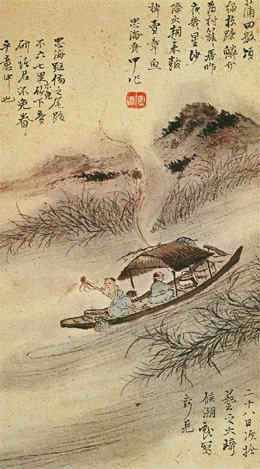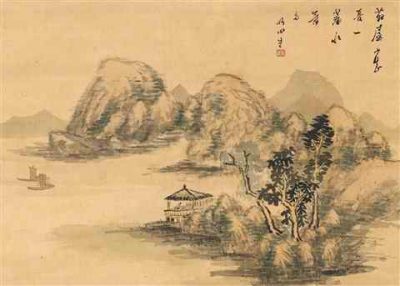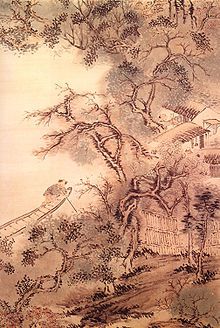Tanomura Chikuden and Art of Japan: Bunjin-ga, China, and Confucianism
Lee Jay Walker
Modern Tokyo Times
Tanomura Chikuden (1777-1835) graced the world of Japanese art because he flowed naturally within the world of bunjin-ga (literati painting) during the Edo Period. He, and other bunjin-ga artists, equally highlight that while Japan was mainly isolated based on the wishes of the ruling elites, the old world still survived. This notably applies to the rich legacy of several periods of the Middle Kingdom (China) that enriched Japanese high culture based on enormous influence.
Naturally, with Tanomura Chikuden belonging to the world of bunjin-ga, then Chinese art and philosophy meant everything to this pristine artist. At the same time, he and other bunjin-ga artists, poets, and calligraphers desired to preserve classical high culture.
In the realm of philosophy, the great scholar Confucius hit a strong chord with Tanomura Chikuden during his early adulthood. Indeed, at one point he thought deeply about becoming a Confucius scholar because he cared deeply about the struggles of ordinary peasants. Therefore, despite Tanomura Chikuden turning to the bunjin-ga world, the noble words of Confucius helped him to deal with feudal lords on behalf of disadvantaged people.
I state in another article, “Confucius (551 – 479 BC) is one of the greatest teachers and philosophers of all time based on his concepts, ideas, knowledge, and powerful legacy. Not surprisingly, Tanomura Chikuden gained enormously from his studies of Confucius. Therefore, while art was a high passion for this Japanese artist from a relatively young age, he firmly focused on solving major issues with feudal lords in the area of reforms based on his natural circumstance.”
The wisdom and knowledge of Confucius flow naturally and this equally applies to the world of order and right deeds in his teachings. Confucius said, “To put the world in order, we must first put the nation in order; to put the nation in order, we must put the family in order; to put the family in order, we must cultivate our personal life; and to cultivate our personal life, we must first set our hearts right.”
Tanomura Chikuden remained loyal to the ethics of Confucius despite art and other rich cultural realities including calligraphy and poetry that meant so much to him. Hence, the peasant revolts enabled him to try to solve complex disputes with feudal elites that would enhance the disadvantaged. However, with the passages of time creeping up then he fully reconnected with the world of bunjin-ga that enriched Tanomura Chikuden so much.
Modern Tokyo News is part of the Modern Tokyo Times group
DONATIONS to SUPPORT MODERN TOKYO TIMES – please pay PayPal and DONATE to sawakoart@gmail.com
http://moderntokyotimes.com Modern Tokyo Times – International News and Japan News
http://sawandjay.com Modern Tokyo Times – Fashion
https://moderntokyonews.com Modern Tokyo News – Tokyo News and International News
http://global-security-news.com Global Security News – Geopolitics and Terrorism
PLEASE JOIN ON TWITTER
https://twitter.com/MTT_News Modern Tokyo Times
PLEASE JOIN ON FACEBOOK



